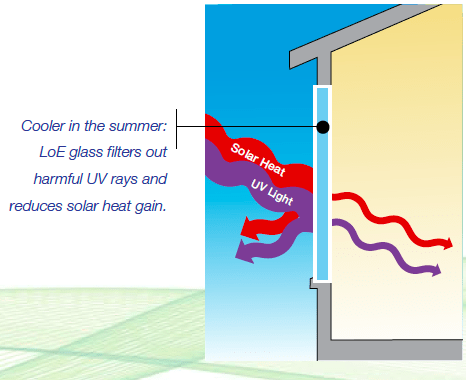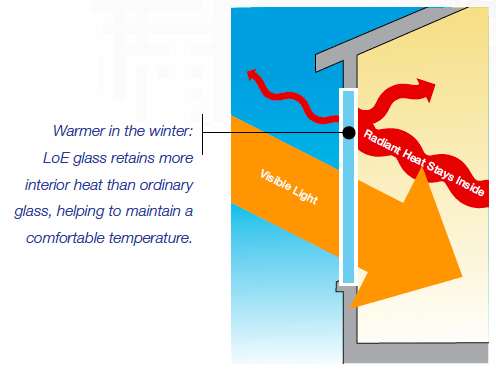You’ve probably heard them referred to as “sealed units”, “glass seal units” or less commonly by their industry name “insulated glass units.” But in the end the conversation is about the same thing.
Insulated Glass Units (IGUs) is what makes your windows efficient, incorporates additional features, and provides the majority of the value in your replacement.
What is an insulated glass unit?
An insulated glass unit combines two or three glass panes into a single unit that is joined together by a spacer. The material that used to manufacture the spacer can have a big effect on the efficiency of the IGU and the window. The space between the glass can be filled with air or a noble gas for improved efficiency. Triple-pane windows have two of these chambers and can accommodate more gas. Glass surfaces in insulated glass units can also be utilized for additional features like Low-emissivity coatings.
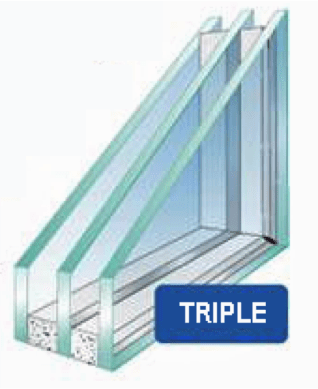
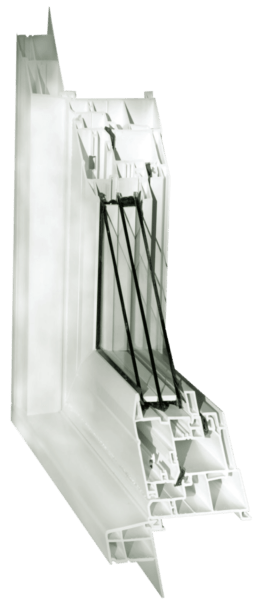
Check out these great articles about insulated glass units:
Broken Sealed Unit? Why A New Window May Cost You Less Than Repair
Window Service: Sealed Unit Failure
What features can go into insulated glass units?
Very few additional efficiency features go into the frame of the window. Most of them enhance the performance of the sealed unit, in one way or another. You can click on the links to read more about each feature and how it is beneficial for modern replacement windows.
EnerEDGE Insulating Glass Spacer:
As we mentioned above, the glass panes in an IGU are joined together by a “spacer.” What this spacer is made of has a significant effect on the how well your windows conduct (lose) heat. EnerEDGE® is a pre-desiccated, ready-to-apply, cellular silicone warm-edge spacer that is suitable for a wide range of insulating glass constructions in fenestration applications. With the lowest failure rate in the industry, you can feel confident your windows will perform even in the harshest of weather conditions.
Watch how a continuous spacer is applied in this video:
Argon or Krypton Gas:
Combining several panes of glass into one unit results in so-called chambers between the pieces of glass. When windows first became multi-pane these chambers were filled with air. Almost all double and triple-pane windows today utilize a gas fill between the panes. Both Argon and Krypton gasses are much less reactive than air, and, therefore, don’t transfer energy as quickly. In simple terms, gas fills help your windows keep the warm air inside.
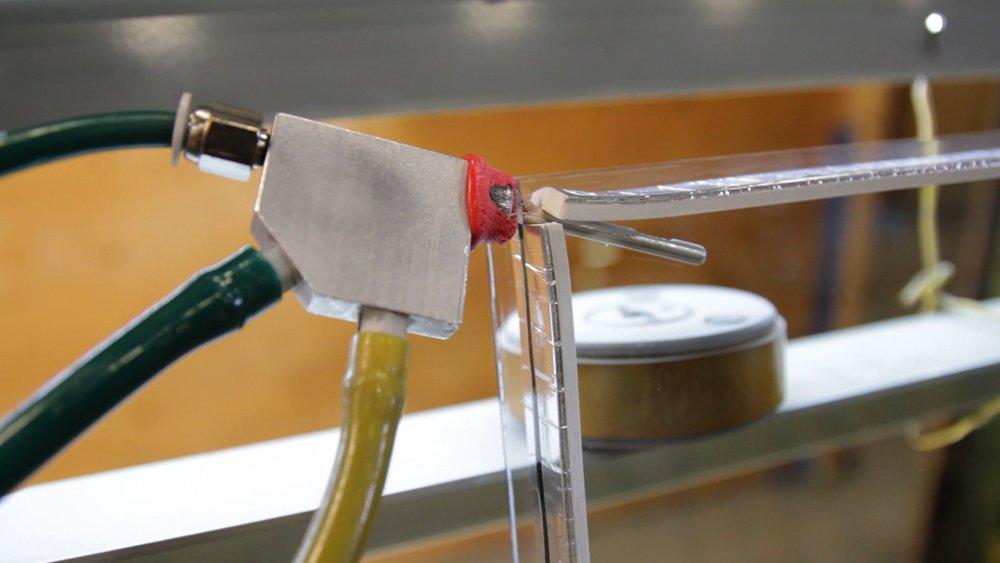
Low-E Coatings:
When shopping for new windows, you will definitely hear consultants talk about Low-Emissivity coatings. We also often say that if you don’t get any other additional upgrades, low-e is a must for your replacement. And that’s not just a sales gimmick. A low-e coating works in similar ways to a window film. Except unlike a film, it is actually applied during the manufacturing process and is only several particles deep. Low-emissivity coatings are put on the inner sides of your insulated glass unit, so they can never be scratched or washed away from the outside.
The real reason why most window companies are so committed to selling low-e with their windows is because it serves a purpose both in the winter and summer time. The coating works by deflecting harmful UV rays to prevent overheating the room and fading furniture or paint. The inner side of the coating helps reflect warmth back into your house reducing heat loss. This is especially important at night time, as during the day your windows gain warmth from the sun and are able to lock it in for as long as possible after the sun goes down.
Grills:
Although grills are considered an aesthetic feature of replacement windows they are still worth mentioning when it comes to the performance of the insulated glass units. In modern windows, grills are put on the inside of the sealed unit. This is important for 2 reasons:
- Sealed units with grills are not as efficient as glass units with grills.
- If a grill comes undone or falls, the entire sealed unit has to be replaced.
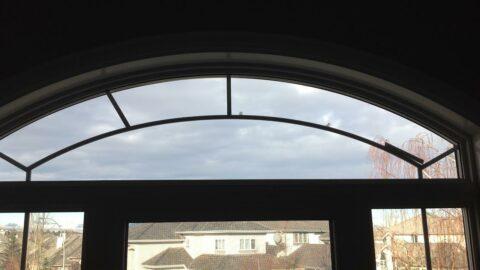
What should you know about insulated glass units when shopping for new windows?
Obviously, you should know about all the above-mentioned features. In fact, be sure to bring them up if the project consultant doesn’t. Often features like LoE, Argon, and EnerEdge IG spacer come standard with the windows.
But one thing that you absolutely shouldn’t overlook when buying new windows is the warranty terms for the insulated glass units. Because many features come together in a sealed unit and it is the first line of defense against the outside climate, things are more likely to go wrong here than with other parts of the window. Most companies will warrant their glass units for the same number of years as the window. But very few offer the actual replacement of the glass unit under the warranty. So while you may be able to get a new sealed unit because the grill has fallen inside, you may still have to pay for the re-installation of this sealed unit into your window. Even the best companies usually offer sealed unit replacement under warranty for a maximum of 5 years.
Check out:
Find Out The Cost of Replacement Windows
One Thing You MUST Know Before Scheduling A Window Replacement Quote
Modern Windows Compared: Awning And Casement vs. Slider And Hung

